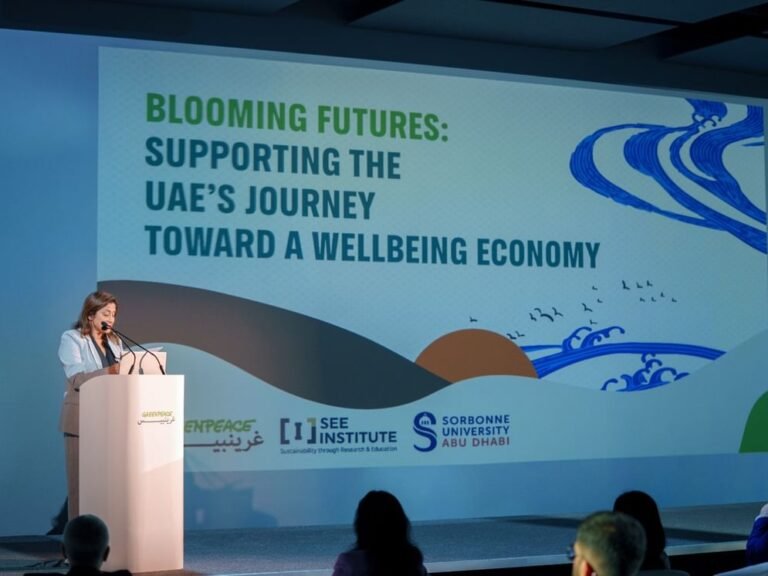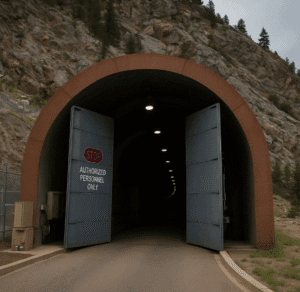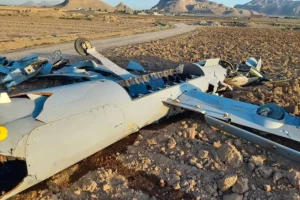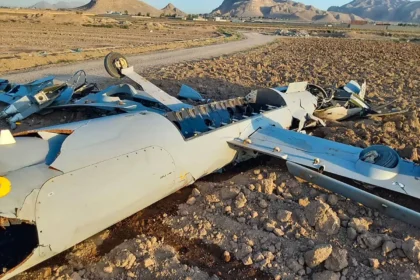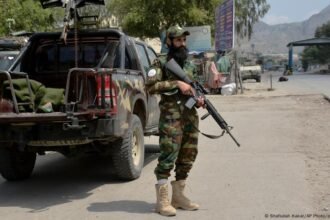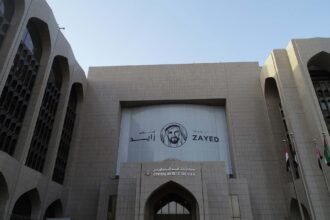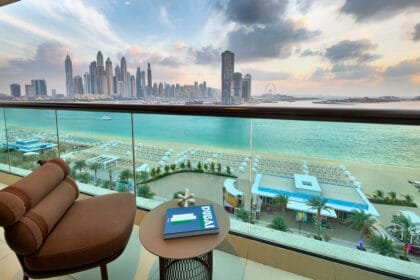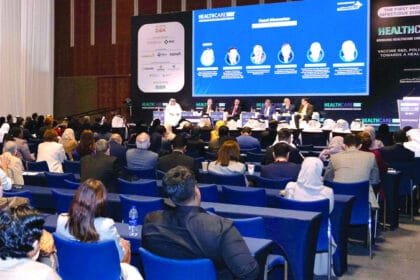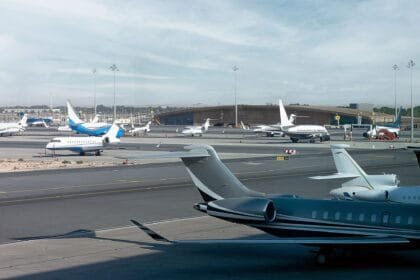Dubai, United Arab Emirates – Greenpeace Middle East and North Africa, in cooperation with the C Institute in Sustainable City, Dubai, and Sorbonne University Abu Dhabi, launched a strategic report entitled “A Prosperous Future: Supporting the UAE’s Journey towards Building a Welfare Economy”.
The report provides a practical framework for building a more sustainable and prosperous economy within the country’s vision for achieving sustainable development.
The report addresses the UAE’s efforts to diversify sources of income and achieve balanced economic growth.
In addition to taking into account environmental protection, community well-being, and the sustainability of natural resources.
The report was prepared by Emirati researcher Najla Al Matroushi and international researcher Nicole Weber, winners of the 2024/2025 Welfare Economy Award.
The report reviews major national initiatives such as the “We Are the Emirates 2031” vision, the UAE Centenary 2071, and the Climate Neutrality Strategy 2050.
This is as pillars for building a renewed and balanced economy that combines economic prosperity and environmental sustainability.
During the report’s launch ceremony in the Sustainable City in Dubai, Joy Al-Nakat, Executive Director of Greenpeace Middle East and North Africa, stressed that the UAE “has transformed ambition into tangible achievements, and made well-being, quality of life and sustainability pillars of national planning”.
She said that the next stage requires learning from nature by adopting a biomimetic approach in policies and planning, adding that “through governance based on shared resources, we can manage water, air, soil, and knowledge carefully and responsibly, thus moving from extraction to regeneration, and from short-term gains to sustainable prosperity”.
The report included an extensive case study on the sustainable city in Dubai as a practical model of a welfare economy based on community participation and rational resource management.
The city relies on more than 40,000 solar panels with a production capacity of 10 megawatts
It also implements urban solutions that reduce dependence on cars and encourage sustainable mobility and environmental practices.




